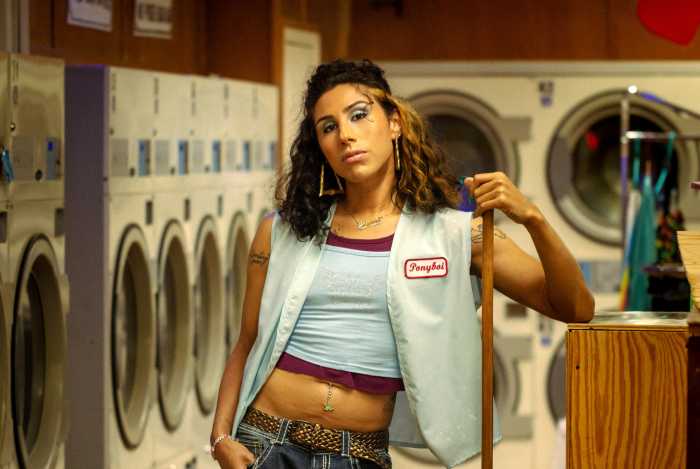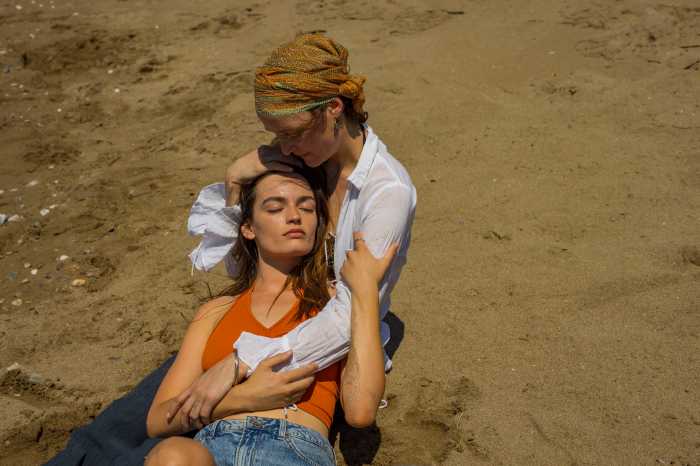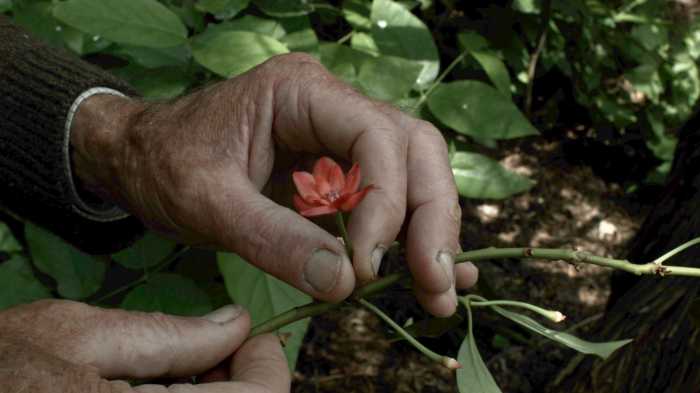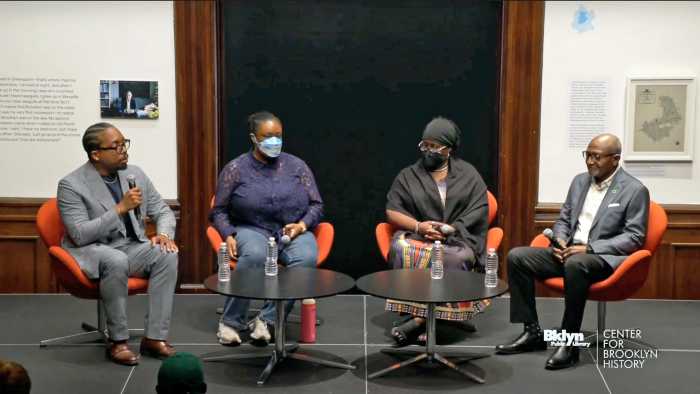Two adult classics made in the 1970s by the late gay filmmaker Arthur J. Bressan, Jr., have been restored for streaming on PinkLabel.tv. “Passing Strangers” (1974) is now available; a second, “Forbidden Letters” (1976) will stream in August.
“Passing Strangers” is the first feature credited to the filmmaker, who died of AIDS in 1987. (His last feature, “Buddies” (1985), was the first film about AIDS.)
The freshness, even naiveté of the moment, its countercultural vibe stand out
The story concerns Tom (Robert Camagey), a 28-year-old gay man living in San Francisco. He takes out a personal ad in the Bay Area Reporter using a quote from Walt Whitman. The ad attracts the attention of Robert (Robert Adams), an inexperienced 18-year-old. After exchanging a series of letters — in one Tom asks Robert for a photo — the guys agree to meet.
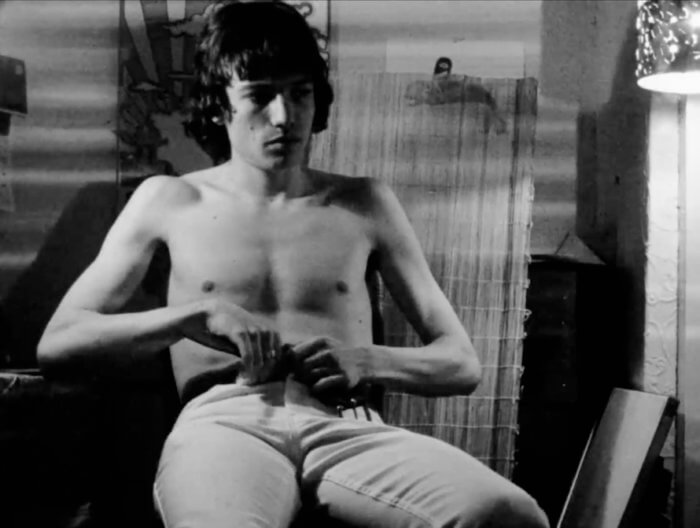
The framework allows viewers to watch the men independently before they connect in person. Tom is seen cruising Polk Street and going to the baths one afternoon. Meanwhile, Robert masturbates to a sexual fantasy he has involving a half dozen naked guys and bubbles. When they connect at a beach, Tom and Robert fly a kite before they have sex under a tree. They later ride around on their bikes before having more sex. It is all very stylish, and the explicit sex is incorporated into the romance. Bressan also includes a lengthy sequence at San Francisco’s Gay Freedom Day Parade that Tom and Robert attend, which provides an interesting time capsule.
Queer film historian Jenni Olson is the co-director of The Bressan Project, which restored the films. She chatted with Gay City News about “Passing Strangers.”
GARY KRAMER: In addition to “Buddies,” Bressan made features — “Gay USA” (1977), a documentary, and “Abuse” (1983), a drama — as well as adult films. Can you talk about his career as a filmmaker?
JENNI OLSON: He made a short doc, “Coming Out,” in 1972, and “Passing Strangers” incorporates some footage from that. He shot at Gay Freedom Day in San Francisco, with amazing celebratory footage and audio tracks asking people what it’s like to be gay, and “Are you out?” His approach is like the Lilli Vincenz footage of Christopher Street Liberation Day in 1970, the first pride in New York City. Her approach was this combination of footage without direct on-camera interviews, but as we are seeing the [footage] we hear audio recordings of people who were there.
What Bressan did throughout his career was put characters in real life situations. But he has this quality — all his films are romantic and often two-handers. I think that’s true of gay adult films — they have a sweet, naive quality to them. It’s the freshness of the liberation movement but it’s also really politicized. He is making the case for gay liberation and how important it is to be out and proud.
KRAMER: Can you talk about his style of filmmaking? Bresson uses voiceovers for the actors — the characters never speak to each other on screen. He loves slow motion and uses light and shadow in accomplished ways. The film goes from black and white to color when the guys meet, expressing how vivid their lives are together,
OLSON: He placed a lot of weight on the narrative aspects. It transcends just being a porn film. He does all kinds of things that work within constraints of budget and brings a creativity to it. “Abuse” uses stills and voiceover. “Forbidden Letters” is an epistolary story. He shoots without sound, which is cheaper and easier — it doesn’t involve acting. He puts in voiceover. It feels low budget but it’s also unique and creative, and it’s successful. It’s cinematically sophisticated. He also incorporates films within his film. And he has cameos in all of his films.
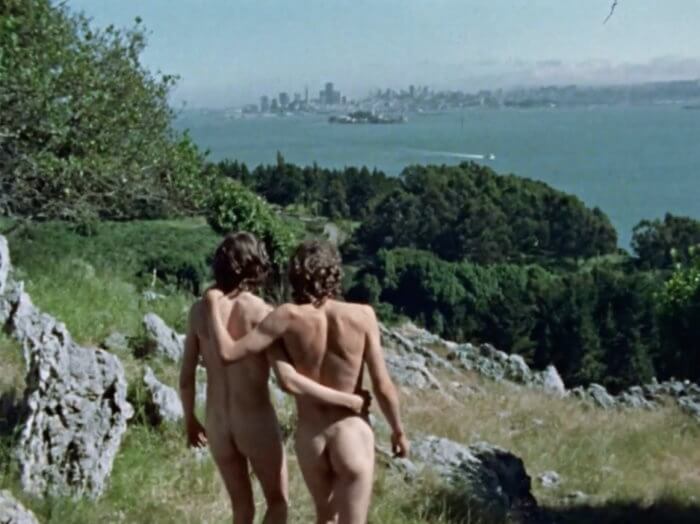
KRAMER: There is a great silhouette of Robert’s penis in the fantasy/ bubble sequence. What are your observations about how he filmed sex, nudity, bodies, and sexuality but also the messages of freedom and liberation?
OLSON: I love the bubble scene. You do have the sense that this film was made in San Francisco in early ‘70s and there’s the gay liberation movement and the hippies, and like so many guys here the early days of the movement were counterculture, antiwar aesthetics, and ethos. It was very celebratory: love and freedom. When you look back and talk about Stonewall and all that anger and the politics, the other piece is the liberation. It’s 1974, so it’s early in terms of the aesthetics of porn, which were different then — but there was some interest in aesthetics. He makes interesting use of lighting, black and white and color. He shoots outdoors, which also, in terms of budget, doesn’t require lighting.
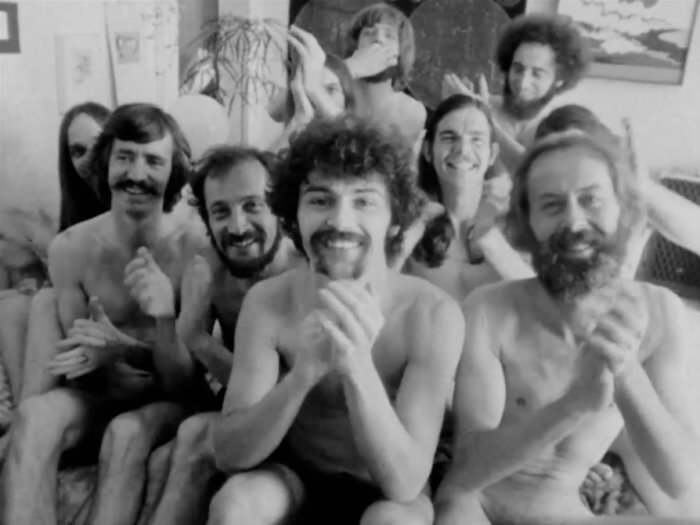
KRAMER: The film provides terrific footage of San Francisco in the 1970s, the pre-AIDS era. What can you say about the time capsule quality of his work? I love the cruising on Polk street sequence.
OLSON: It’s this gay porn film that we can look at as a documentary. Literally, a document of 1974 San Francisco Gay Freedom Day. The characters are really there, but it is also a doc in the sense that this is one glimpse of what it was like to be a white gay man in San Francisco in the early 1970s, which was a time of moment of early gay liberation. It brings a sense of that time which was totally connected to sexuality. It’s political: sex and self-realization, community and connection. That is a fundamental piece of the narrative. A guy who’s a little older and has come out helps a younger guy coming out. It’s so romantic. You have a sense of them as a couple in the world. It’s beautiful. But it has a bittersweet, wistful quality to it because Bressan died of AIDS in 1987.
PASSING STRANGERS | Directed by Arthur J. Bressan, Jr. | The Bressan Project | Streaming at PinkLabel.tv.
To sign up for the Gay City News email newsletter, visit gaycitynews.com/newsletter.



